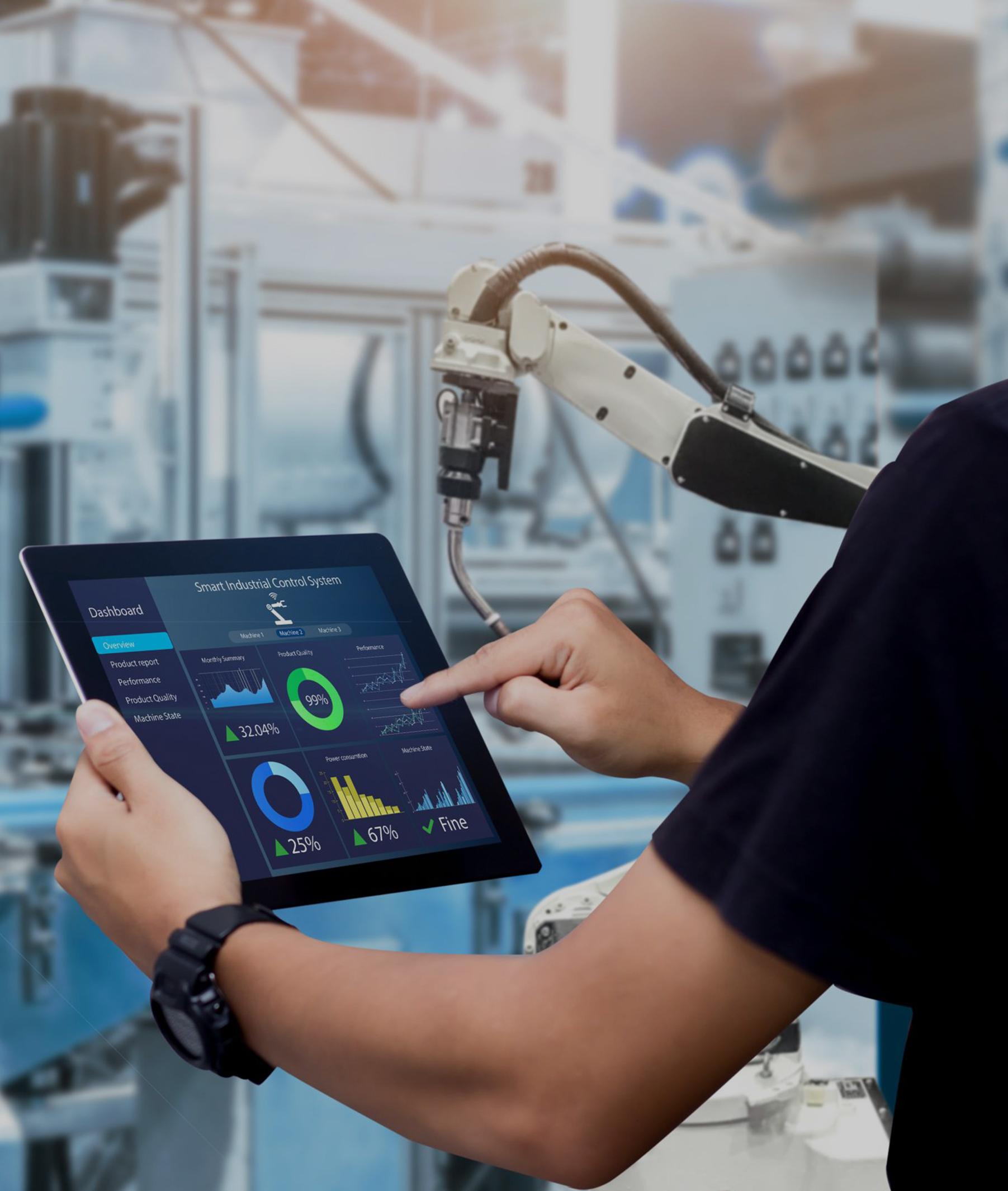
 |
Same Day Shipping for Stock Items |
|
DHL / Fedex / UPS / Aramex |
|
|
Professional one-on-one service |
|
100% brand new and original |
|
|
|||
Picture/Video
Get Products pictures or Video for Inspection|
Specification |
Product Image |
|
|
Brand Name |
GE |
|
|
Model Number |
DS200TCDAG1AEA |
|
|
Alternate Part Number |
DS200TCDAG1AEA |
|
|
Condition |
100% Original |
|
|
Quality |
Brand New |
|
|
Dimensions |
33x17.8x5.5cm |
|
|
Description |
I/O Board |
|
|
Package |
Original Package |
|
|
Lead time |
In Stock |
|
|
Shipping term |
UPS DHL TNT EMS Fedex |
|
|
Payment |
T/T (Bank Transfer) |
|
|
Service |
One- Stop Service |
|
|
Weight |
1.42 kg |
|
|
Warranty |
12 Months |
|
Product Description
The GE DS200TCDAG1AEA I/O Board is a crucial component of the Mark V series, specifically designed for digital input and output applications in industrial automation systems. This board provides reliable data communication and control capabilities, featuring a versatile design that accommodates various configurations. With a bit depth of 12-bit and the ability to handle both voltage and current signals, the DS200TCDAG1AEA ensures high precision in data processing. Its robust construction and wide operating temperature range make it suitable for demanding environments.
Frequently Asked Questions
NOTE:
1. The products quoted are brand new and original with a one-year warranty
2. Prices are ex works, for shipping calculations, Please send to my Email
3. Cooperation with the express delivery of DHL / Fedex / UPS / Aramex, etc,Delivery time is approximately '' 5 days '' from our warehouse to the destination country
4. Quotation validity: 30 days, if you need to extend, please reconfirm the price after 30 days.
5. Payment Term: 100% advance payment by bank transfer.
6. For the products '' in stock '' in the offer, our company can support video inspection
|
GE |
DS200DSPCH1ADA |
GE |
DS200SHVMG1ACC |
|
GE |
IC697MDL653 |
GE |
IS200TPROH1BCB |
|
GE |
531X175SSBAAM3 |
GE |
IC670PBI001 |
|
GE |
IS200TRLYH1BED IS200TRLYH1B |
GE |
IS220YDIAS1A |
|
GE |
IS210AEBIH3BEC |
GE |
IC695PBM300 |
|
GE |
UR6DH |
GE |
DS3800NMEC1K1K |
|
GE |
IS220PPRFH1B |
GE |
DS200ADPBG1ABB |
|
GE |
IS200VAICH1DBC |
GE |
UR6NH |
|
GE |
IS200VTURH1BAA IS200VTURH1B |
GE |
IS220PTCCH1A |
|
GE |
531X139APMASM7 |
GE |
IC200TBM002 |
|
GE |
745-W3-P511-G51-HI-R-E |
GE |
IC697MEM717 |
|
GE |
IS200EPSMG1AEC |
GE |
DS200SBCBG1ADC |
|
GE |
IC697CHS750 |
GF WELDINGG |
F374-IMF |
|
GE |
IC200UDD104 |
HARDY |
HI 1756-WS |
|
GE |
IS200WREAH1ADB |
HARDY |
1756-2WS |
|
GE |
IS420ESWAH1A |
HARDY |
1746-WS |
|
GE |
531X111PSHARG3 |
HARDY |
1756-WS |
|
GE |
531X307LTBAKG1 |
GE |
VMIVME-4140-000000 |
|
GE |
DS200TCQCG1BJF |
GE |
531X306LCCBFM1 |
|
GE |
MTM-120(S-A20-120VA) |
GE |
3VTVZ590CD001 IS200ERBPG1ACA |
|
GE |
750-P5-G5-D5-HI-A20-R-E-H |
GE |
DS3800DMPK1E1D |
|
GE |
IS210BPPCH1ACA |
GE |
IS200VTURH1BAC |
NOTE: Moore Automation sells new and surplus products and develops channels to purchase such products. This site is not approved or endorsed by any of the listed manufacturers or trademarks.Moore Automation is not an authorized distributor, dealer or representative of the products displayed on this site.All product names, trademarks, brands and logos used on this site are the property of their respective owners.The description, illustration or sale of products under these names, trademarks, brands and logos is for identification purposes only and is not intended to indicate any affiliation with or authorization by any rights holder.
Our hours